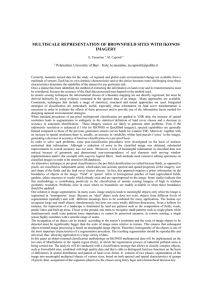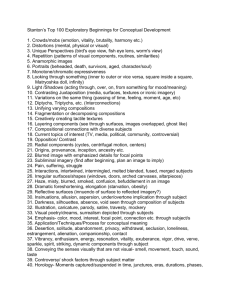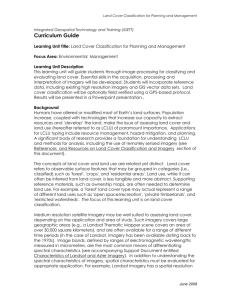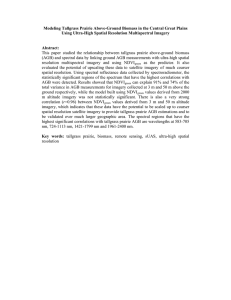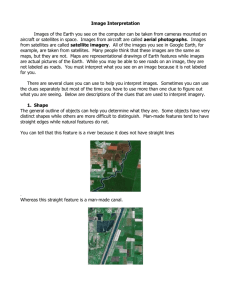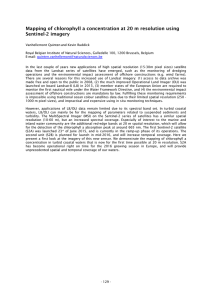Digital Image Interpretation & Analysis: Manual vs. Digital
advertisement
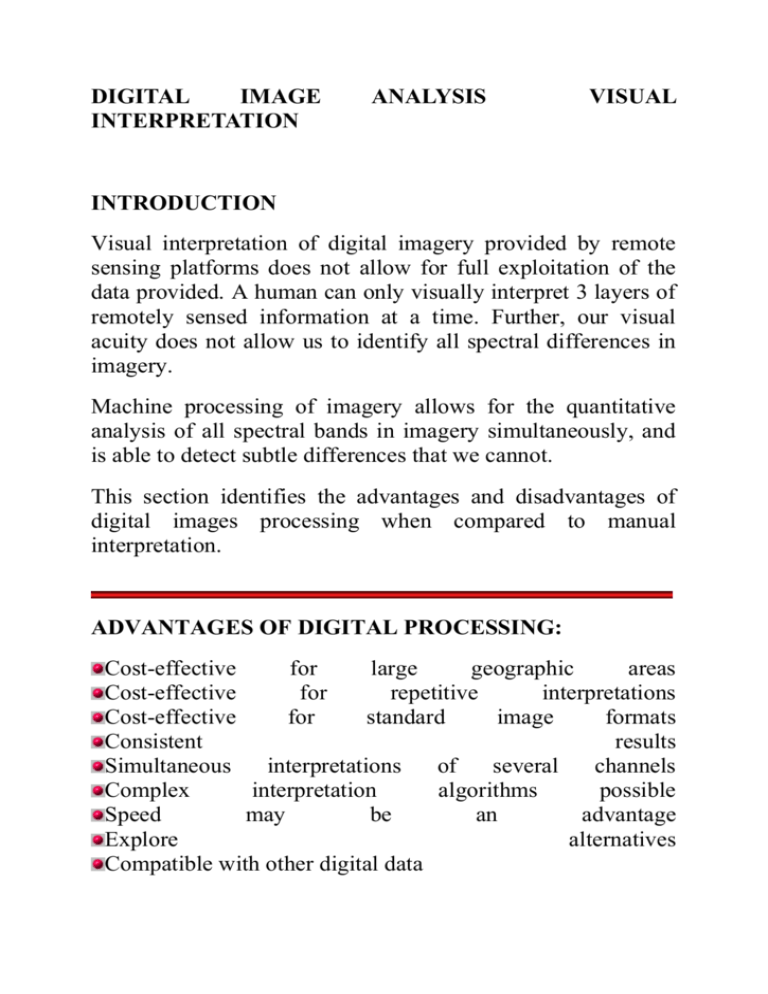
DIGITAL IMAGE INTERPRETATION ANALYSIS VISUAL INTRODUCTION Visual interpretation of digital imagery provided by remote sensing platforms does not allow for full exploitation of the data provided. A human can only visually interpret 3 layers of remotely sensed information at a time. Further, our visual acuity does not allow us to identify all spectral differences in imagery. Machine processing of imagery allows for the quantitative analysis of all spectral bands in imagery simultaneously, and is able to detect subtle differences that we cannot. This section identifies the advantages and disadvantages of digital images processing when compared to manual interpretation. ADVANTAGES OF DIGITAL PROCESSING: Cost-effective for large geographic areas Cost-effective for repetitive interpretations Cost-effective for standard image formats Consistent results Simultaneous interpretations of several channels Complex interpretation algorithms possible Speed may be an advantage Explore alternatives Compatible with other digital data DISADVANTAGES OF DIGITAL PROCESSING: Expensive for small areas Expensive for one-time interpretations Start-up costs may be high Requires elaborate, single-purpose equipment Accuracy may be difficult to evaluate Requires standard image formats Data may be expensive, or not available Preprocessing may be required May require large support staff MANUAL - DIGITAL ANALYSIS MANUAL INTERPRETATION Traditional: intuitive. Simple, inexpensive equipment. Uses brightness and Spatial content of the image. Usually single channel data or three channels at most. Subjective, concrete, qualitative. DIGITAL INTERPRETATION Recent: requires specialized training Complex, expensive equip. Relies chiefly upon brightness and spectral content, limited spatial. Frequent use of data from several channels. Objective, abstract, quantitative.

